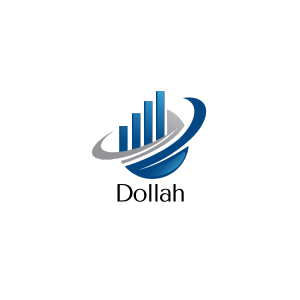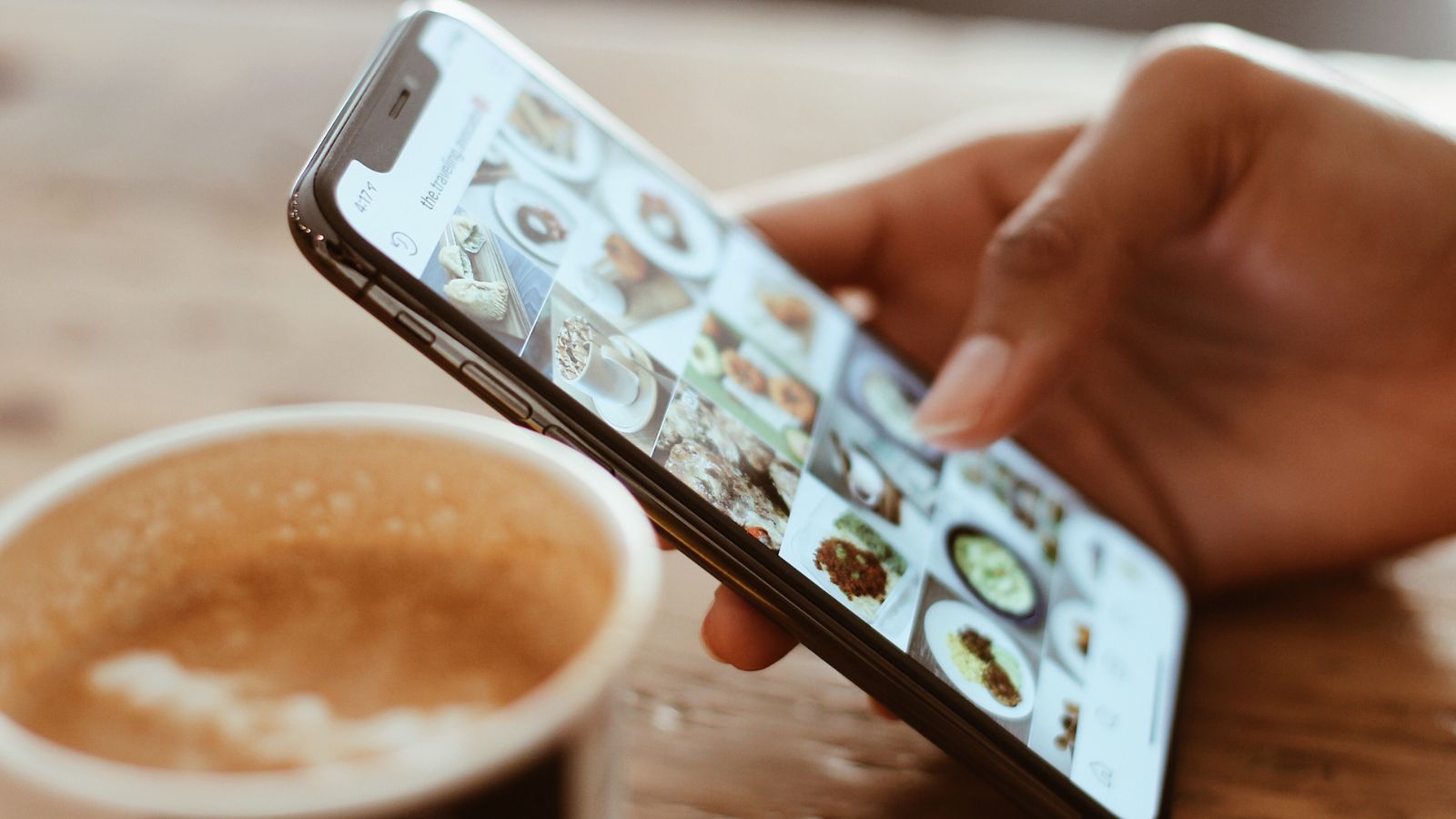Let’s be honest navigating Instagram ads cost can feel like standing in front of a vending machine with no prices. You want that snack (a.k.a. engagement, leads, or conversions), but you’re not quite sure how much you’ll have to pay until the machine eats your coins. And even then, you’re left wondering if you overpaid.
Instagram ads cost isn’t some fixed number etched in stone. It’s dynamic, algorithm-driven, and at times downright confusing. But there’s a way to bring clarity into the chaos: using an Average Ad Cost Tool. Think of it as your flashlight in the dark, helping you avoid budget-blowing decisions before they even happen.
Why Instagram Ads Cost Feels Like A Guessing Game
If you’ve run ads before, you know the story.
One campaign performs beautifully $0.60 per click, conversions rolling in. Next campaign? $3.20 CPC with barely a bite. And you’re left asking, what changed?
Here’s the truth: Instagram ad pricing isn’t random, but it is reactive. It depends on factors like:
- Your audience targeting
- The time of year
- Your ad’s quality score
- Your bidding strategy
This is where the Average Ad Cost Tool for Instagram steps in giving you a sense of the “going rate” before you even launch.
What Is An Average Ad Cost Tool For Instagram?
In simple terms, it’s a data-based estimator. It tells you the historical average cost of running ads on Instagram across:
- Cost Per Click (CPC)
- Cost Per 1,000 Impressions (CPM)
- Cost Per Engagement (CPE)
- Cost Per Lead (CPL) or Conversion
It analyzes millions of data points from real ad campaigns to give you transparent, up-to-date pricing trends organized by:
- Industry
- Geography
- Ad type (Story, Feed, Reels)
- Device usage
Think of it like checking the weather before going on a hike. It doesn’t guarantee sunshine, but it sure helps you dress right.

How Does It Actually Help?
Let’s say you’re a small business owner selling eco-friendly skincare. You’re about to launch a new Instagram campaign. You open your Ads Manager… and freeze. How much budget should you set? What can you expect to pay per result?
By using an Instagram ads cost calculator, you can:
- Understand the average cost per click in the beauty/skincare niche
- See how costs differ between Story ads vs. Reels vs. Feed
- Analyze seasonal fluctuations (e.g., higher costs during Black Friday)
- Compare device-based performance (iOS vs. Android vs. Desktop)
This way, you’re not guessing you’re strategizing.
How To Use The Instagram Average Ad Cost Tool (Step-By-Step)
1. Select Your Industry or Niche
Different industries face different levels of ad competition. A fashion brand targeting Gen Z is in a very different landscape than a local financial planner.
Here are example ranges:
- Fashion: $0.60–$1.20 CPC
- Fitness: $0.80–$1.70 CPC
- Tech Products: $1.00–$2.50 CPC
- Coaching/Consulting: $2.00–$5.00 CPC
Input your vertical to tailor the estimates.
2. Choose Your Ad Format
Instagram offers:
- Feed ads
- Story ads
- Reels ads
- Explore page ads
- Shopping/Collection ads
Feed and Reels generally have higher engagement but may cost more. Stories offer high visibility at slightly lower CPCs.
By analyzing format-level costs, you can pick the most cost-effective option — without compromising creativity.
3. Enter Your Target Geography
Running ads in the U.S. isn’t the same as running them in India or Spain. CPM in the U.S. may hit $12–$20, while in Southeast Asia it can be $3–$7.
This tool lets you:
- Compare country-level cost differences
- Optimize based on local CPMs
- Decide if your campaign should go global or local
4. Set Your Campaign Objective
Are you driving traffic? Trying to get installs? Hoping for a sale?
Each objective carries a different cost profile:
- Awareness → Lower CPMs, higher reach
- Traffic → Moderate CPC
- Conversions → Higher CPC/CPL but better ROAS
The tool lets you simulate different goals so you can budget smartly.
5. Estimate Your Required Budget
Let’s run a sample:
- You want 500 website clicks
- Your industry average CPC is $1.10
- Required budget = 500 x $1.10 = $550
Now you can decide if that’s realistic, or if your strategy needs tweaking before the campaign even goes live.
Real Talk: Is This Tool Just For Agencies?
No. In fact, it’s often more valuable for:
- Small business owners new to Instagram Ads
- Freelancers and solopreneurs who can’t afford to waste a dime
- Nonprofits trying to raise awareness on a budget
- Startups launching products with limited funding
You don’t need to be a data scientist. You just need to care about spending your budget wisely — and who doesn’t?

The 6 Biggest Benefits Of Using This Tool
- Set realistic budget expectations
- Avoid overspending during peak times
- Compare campaign formats efficiently
- Optimize bids before launch
- Increase ROI by understanding industry benchmarks
- Gain confidence in your ad strategy
Common Mistakes You Can Avoid
Setting arbitrary budgets
Guessing $100 or $1,000 without data = gambling.
Running ads without understanding your niche CPC
You might overpay without even realizing it.
Ignoring ad type costs
Story ads might save you 30% vs. feed ads in your category.
Assuming results = success
It’s not about how many likes you get — it’s about how much each one costs.
A Real Example: How Lisa Turned $800 Into 2,300 Website Visits
Lisa runs a handmade jewelry shop. She used an average ad cost tool to forecast her campaign. Her industry CPC was around $0.35–$0.45. She chose:
- Instagram Stories
- Targeting women 18–34 in urban U.S. areas
- A goal of website traffic
She set a $900 budget and ended up paying $0.39 CPC right in line with the tool’s estimate. Her ads brought 2,300 visitors and 130 sales.
Her key takeaway?
“Knowing my average cost per result made me feel like I was in control. I wasn’t afraid to spend because I understood where the money was going.”
Final Thoughts: Stop Guessing. Start Optimizing.
Let’s face it marketing is emotional. Your product is your baby, your budget is limited, and every ad feels like a personal risk. But it doesn’t have to feel like that.
When you use an Instagram ads cost calculator, you’re making decisions from a place of insight, not anxiety. You’re not flying blind you’re navigating with a map.
This isn’t about being cheap. It’s about being smart. And when you’re smart, your ads don’t just run they work.

